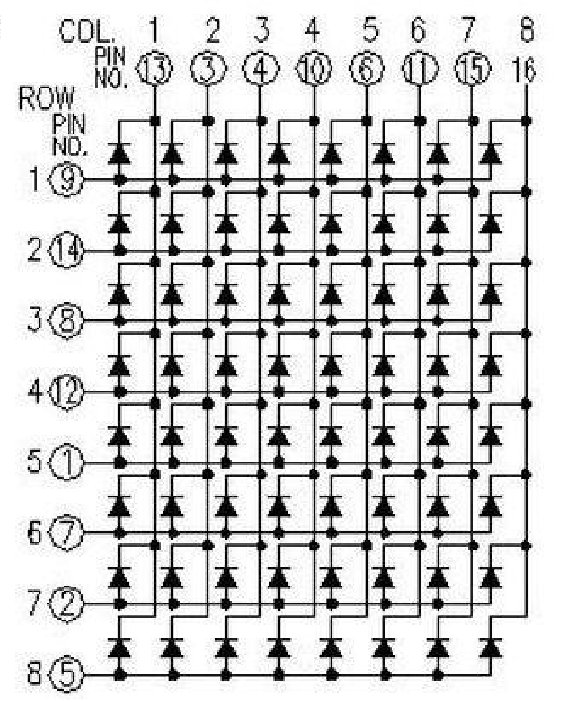This is a fundamental question about the Arduino system. I've been trying to find answers all day, but keep getting answers either unrelated to the Arduino or completely off topic.
I'm building a robot that consumes most of the pins on the Arduino for motor and IR sensor modules. The robot works great (Robot Starter Kit by OSEPP). Now I want to get on with adding several more sensors and an LED output module, but I've run out of pins. I've seen prototyping boards and shields that seem to extend the pin count, and I've read several articles on the address bus helping to uniquely ID all the components, but I'm lost at step one...
How does one address various input / output connectors or pins on prototyping boards?
Sorry for the noob question, but as with all tech, the simplest first steps are always the least documented. Any links to great tutorials would be greatly appreciated.

 ]
]
